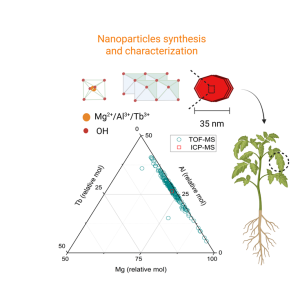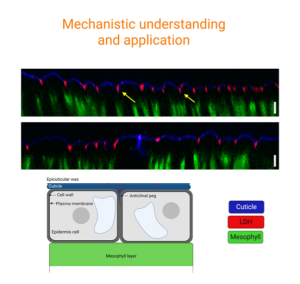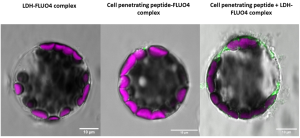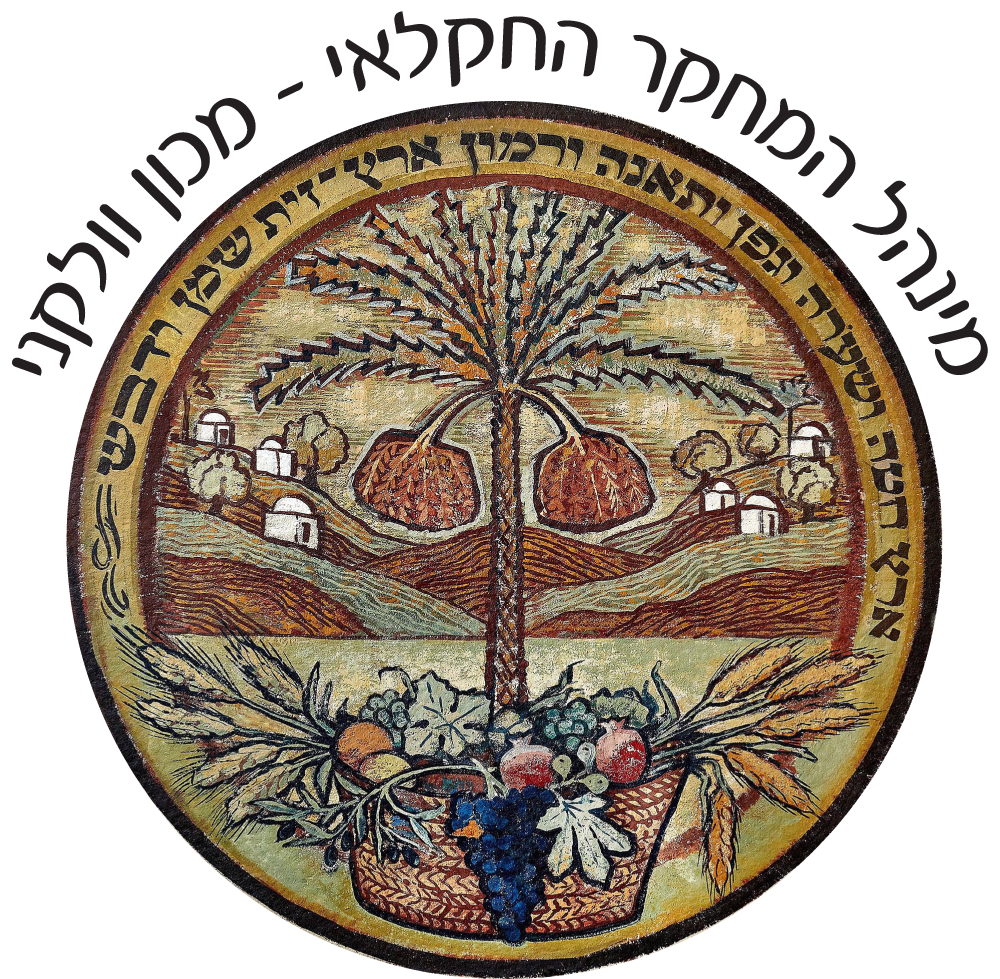Hagai Kohai Ph.D.
Researcher, Nanotechnology for Sustainable Agriculture
Biography
In Dr. Hagai Kohai‘s lab, we apply materials science techniques, focusing on nanoparticles, and tailor them for agricultural and environmental applications.
We investigate the interactions between nano-carriers, plants, and soil, aiming to enhance the efficiency of agrochemical use while minimizing their negative environmental impact. Similarly, we design the physical and chemical properties of particles to facilitate the effective adsorption of pollutants.
Our research is interdisciplinary, integrating diverse fields such as materials chemistry, biological and physiological processes in plants and their surroundings, as well as environmental chemistry and processes in soil and water.
Education
-
2006-2009
B.Sc. Agri. Plant protection and biotechnology in agriculture, Faculty of Agriculture, Food and Environment. The Hebrew University.
-
2011-2017
Ph.D. (direct track) in Dept. of Soil and Water Sciences at Robert H. Smith Faculty of Agriculture, Food and Environment, The Hebrew University.
-
2020-2021
Postdoctoral position at Wolfson Faculty of Chemical Engineering, Technion – Israel Institute of Technology.
-
2021-2024
Postdoctoral position at Civil and Environmental Engineering, Carnegie Mellon University guided by Prof. Greg V Lowry.
Research Interests
The utilization efficiency of agrochemicals is generally low, ranging from approximately 50% for fertilizers to as little as 5% or even lower for pesticides. Consequently, a significant portion of the active compounds fail to reach their intended targets, potentially resulting in substantial environmental contamination.
Similar to approaches used in the medical field, we propose utilizing nanoparticles as carriers for active compounds. The mediation provided by these carriers can enhance key properties such as adhesion to the leaf surface, controlled release, targeted delivery within the plant, increased solubility, and more. Unlike in the medical domain, however, these carriers must be cost-effective and readily biodegradable in the environment.

For various purposes, we utilize nanoparticles with different characteristics. We synthesize both organic and inorganic particles and investigate the relationship between their structural properties and functionality.

The effectiveness of the particles as carriers is evaluated based on their intended application, whether through their physiological impact on the plant, their ability to transport active compounds to specific sites within the plant, or their influence on the soil and the surrounding environment.

We employ a wide range of analytical techniques to characterize materials, modified surface properties, and quantify the loading of the active compounds. These techniques include XRD, TEM, FTIR, TGA, DLS, ICP-MS, and HPLC, among others. Our plant systems, which include protoplasts and cell cultures, enable us to investigate the different stages of nanoparticle transport through plant tissues. To track nanoparticles in plant or soil systems, we utilize fluorescent markers or rare earth elements to monitor their movement. Confocal microscopy and flow cytometry enable us to characterize interactions between the particles and plant tissues or cells. Additionally, we monitor physiological responses using measurements such as gas exchange, photosynthetic parameters (Licor), nutrient concentrations, antioxidant levels, and more to assess the plant’s physiological state.
Research Areas
- Inorganic and Organic Nanomaterials for Agricultural Applications
- Nanoparticles at the Plant and Soil Interface
- Adsorption processes for water remediation

